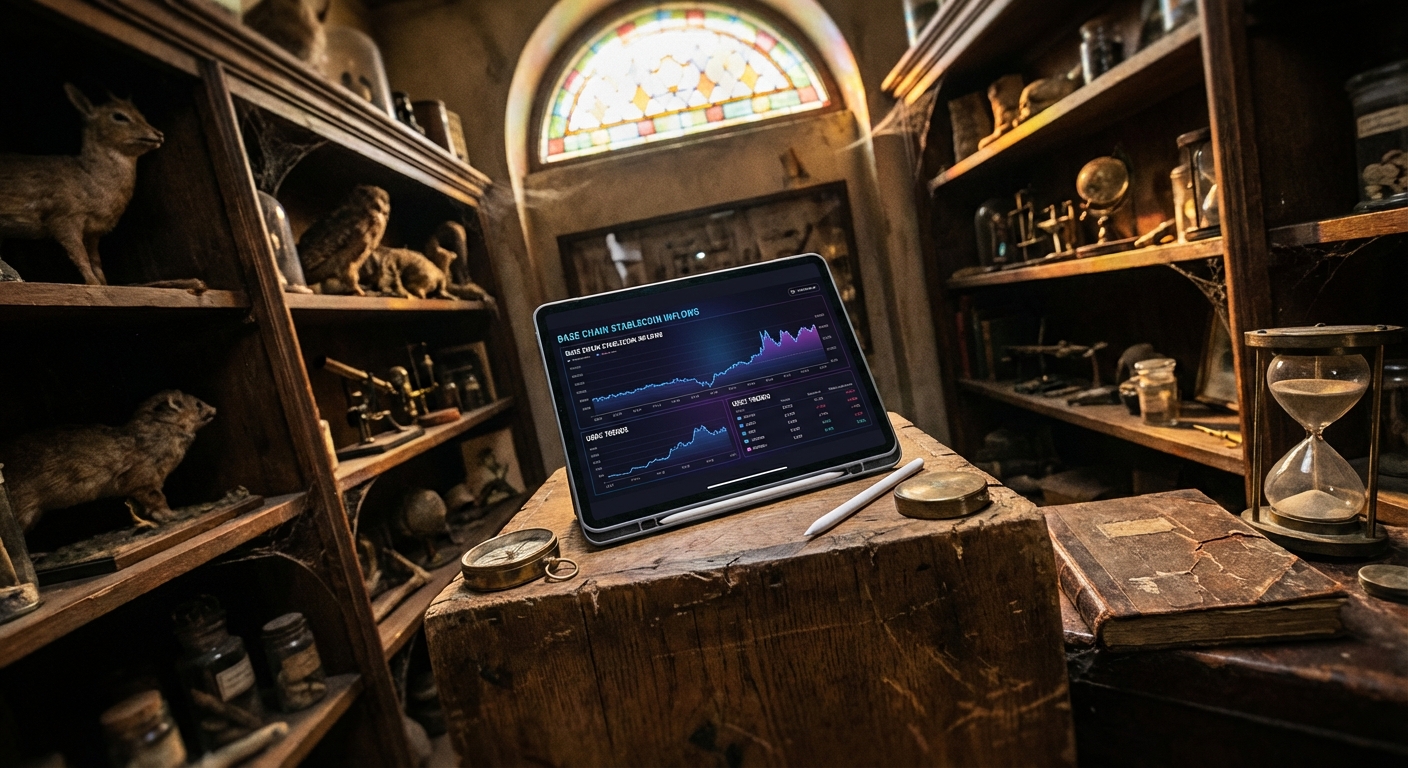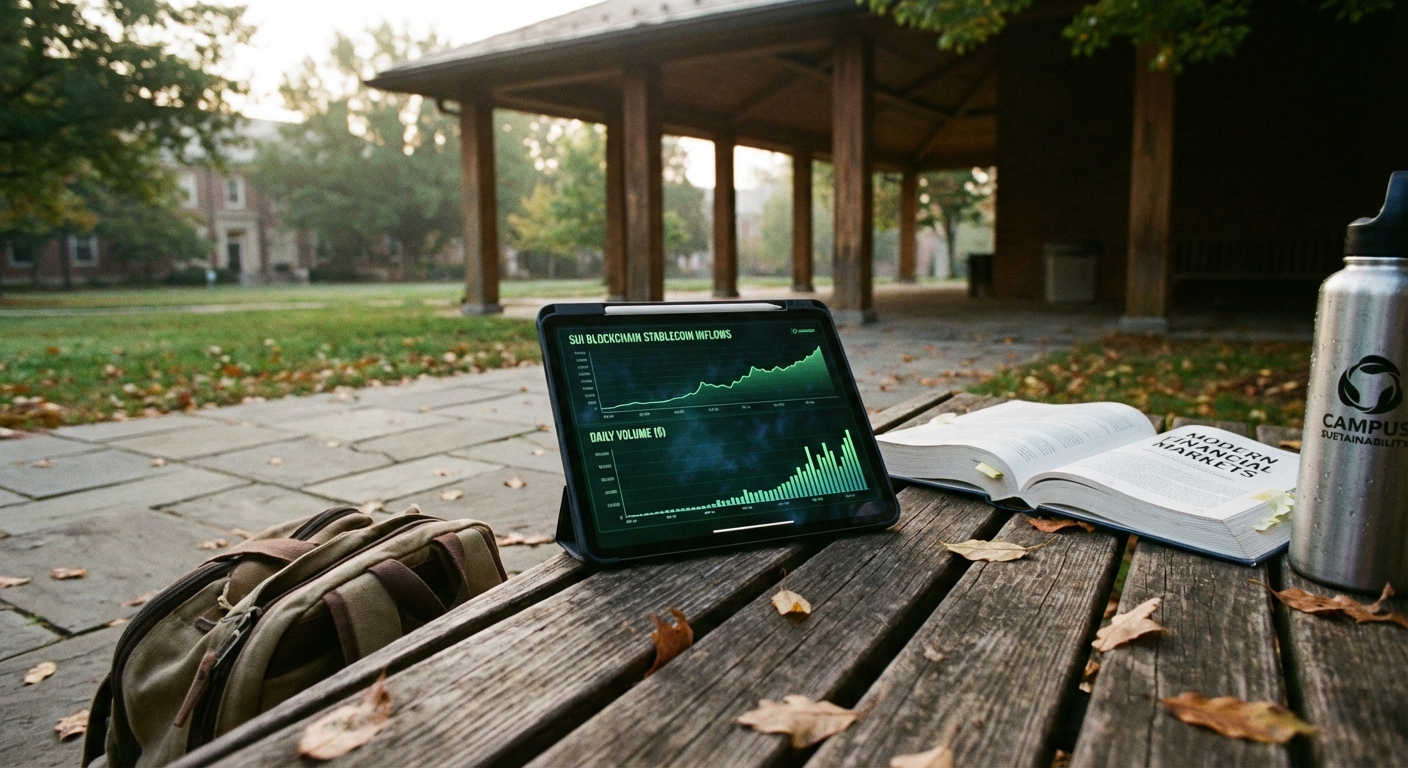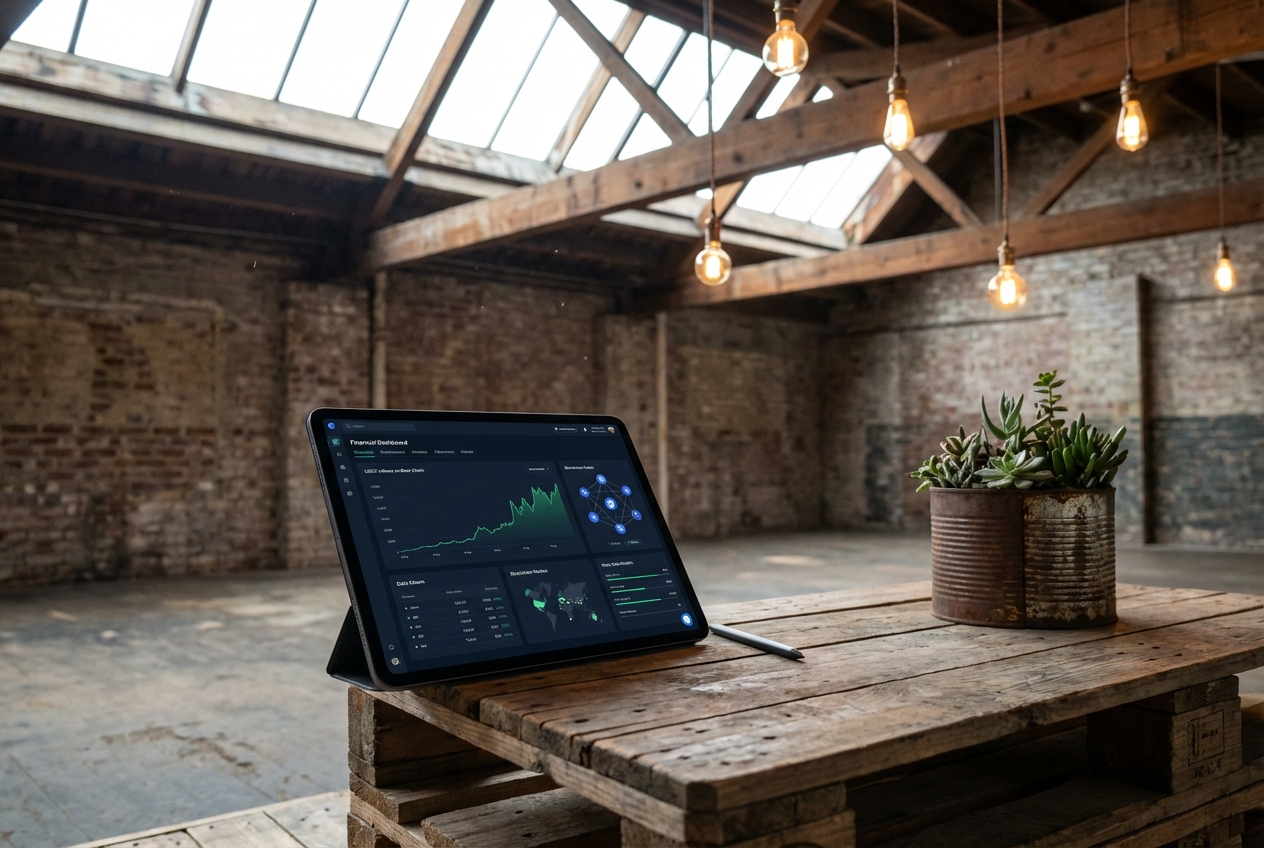Understanding how USD Coin (USDC) moves across Ethereum Layer 2 networks is becoming essential for anyone tracking liquidity, adoption, and DeFi opportunities. With the explosive growth of Base, Coinbase’s Layer 2 built on the OP Stack, monitoring USDC flows here is no longer just a niche activity; it’s a strategic necessity. As of January 2025, USDC’s total circulating supply has soared to nearly $44 billion, with Base now holding about 7% of that supply. This marks a clear shift in stablecoin dynamics and signals that Base is rapidly solidifying its position as a key player in the multichain stablecoin landscape.
Why Track USDC Flows on Base?
Stablecoins like USDC are the backbone of DeFi. Their movement tells us where liquidity is flowing, which protocols are gaining traction, and how users are interacting with new infrastructure. On October 26,2024, Base processed over $18.1 billion in stablecoin transactions, over 30% of global stablecoin volume for that day, which underscores just how influential this network has become.
But tracking USDC on Layer 2s isn’t as straightforward as it might seem. Cross-chain transfers, new bridging protocols, and evolving analytics tools mean you need specialized platforms to get the full picture. Let’s dive into three essential tools every analyst or investor should know about when monitoring USDC flows on Base.

The Top Tools for Monitoring USDC Movement on Base
Top Tools for Tracking USDC Flows on Base
-
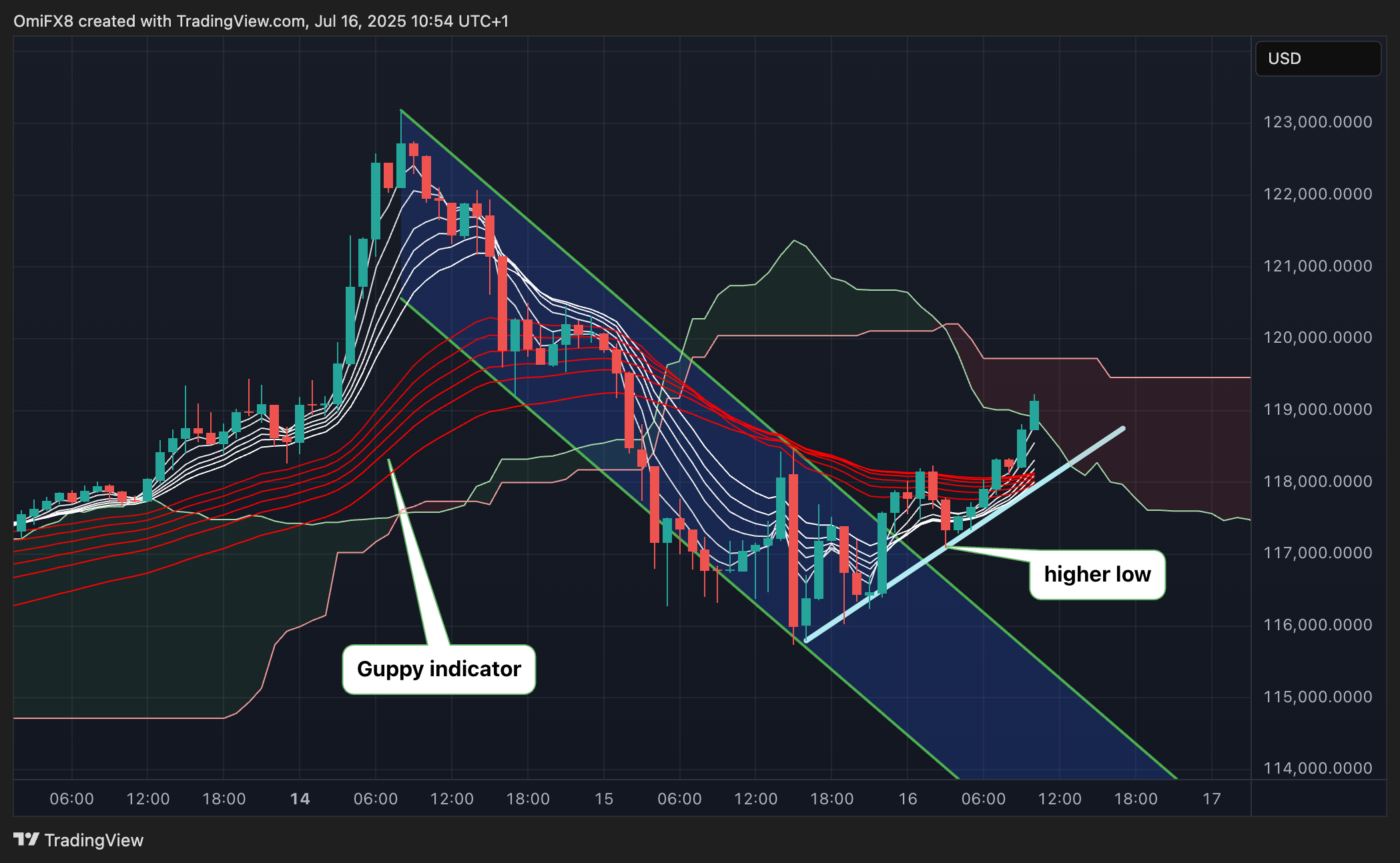
Range’s USDC Explorer (CCTP v2 Support): Range’s USDC Explorer now supports Circle’s CCTP v2, enabling users to monitor all cross-chain USDC transfers in real time. This tool provides detailed analytics on USDC movement across Ethereum Layer 2s, including Base, and helps users track transaction histories, bridge flows, and on-chain liquidity trends. Ideal for those seeking transparency in cross-chain stablecoin activity.
-
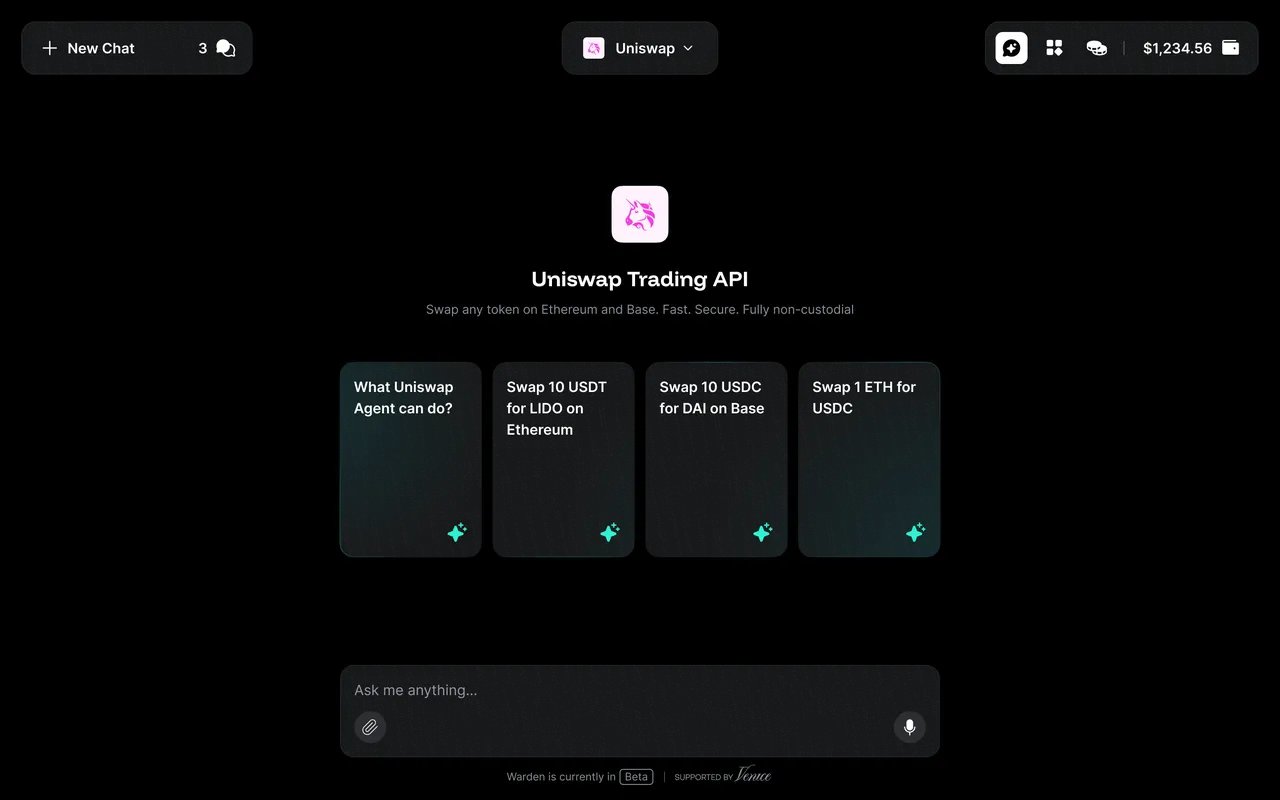
Base Explorer – USDC Token Page: The official Base Explorer offers a dedicated USDC token page where users can view up-to-date information on price, total supply, holders, transfers, and social links. This page provides granular transaction details and is essential for tracking on-chain USDC activity specifically within the Base ecosystem.
-

Circle’s Multichain USDC Dashboard: Circle, the issuer of USDC, provides a Multichain USDC Dashboard that displays USDC supply, flows, and activity across supported blockchains, including Base. This dashboard is valuable for monitoring the overall health and distribution of USDC, tracking cross-chain liquidity, and understanding how USDC moves between Ethereum, Base, and other networks.
1. Range’s USDC Explorer: CCTP v2 Support
If you’re looking for clarity on cross-chain transfers, Range’s USDC Explorer is your go-to resource. It now supports Circle’s Cross-Chain Transfer Protocol (CCTP) v2, a major upgrade that enables seamless native transfers of USDC between supported blockchains without relying on wrapped tokens or third-party bridges.
This means you can track real-time movement of authentic (not synthetic) USDC as it moves between Ethereum mainnet and Layer 2 solutions like Base. The explorer visualizes transfer volumes, destination chains, timestamps, and even transaction hashes for transparency down to the granular level.
Why does this matter? With CCTP v2 adoption growing rapidly among dApps and protocols, monitoring these flows helps you spot liquidity migrations before they hit mainstream dashboards, and understand how interoperability is reshaping capital allocation in DeFi.
2. Base Explorer, The Official USDC Token Page
The Base Explorer, operated by the network itself, offers a dedicated token page for USDC that aggregates all critical metrics in one place: current price (always reflecting the latest market data), total supply on Base, number of holders, recent transfers, and even social links for further research.
This page acts as your command center for monitoring native activity, think wallet growth trends or sudden spikes in transfer counts that could signal whale moves or protocol launches. For those who want to dig deeper into raw blockchain data without sifting through unrelated tokens or assets, this tool delivers exactly what you need.
3. Circle’s Multichain USDC Dashboard
No overview would be complete without mentioning Circle’s Multichain USDC Dashboard. Built by the issuer itself, this platform provides a macro perspective: circulating supply breakdowns across all supported networks (including Ethereum mainnet and Layer 2s like Base), real-time bridge activity via CCTP integrations, and historical charts showing adoption trends at both chain-specific and ecosystem-wide levels.
This dashboard is especially useful if you’re comparing liquidity migration patterns, for example, seeing how much of that nearly $44 billion in total supply has shifted onto Layer 2s over time, or if you want to analyze cross-chain swap activity enabled by multichain stablecoins.
The Key Metrics That Matter Most
No matter which platform you choose, or if you use all three, the metrics worth watching remain consistent:
- Total Transaction Volume: Indicates overall usage and liquidity flow through Base.
- Transaction Count: Highlights user engagement levels and can reveal spikes during events like protocol launches or incentive campaigns.
- Net Inflows/Outflows: Shows whether more capital is entering or leaving the network, a leading indicator for sentiment shifts.
- Total Value Locked (TVL): Measures aggregate assets locked in DeFi protocols using Base, including but not limited to USDC, to gauge adoption strength.
Each of the three tools excels at surfacing these metrics in a slightly different way. For instance, Range’s USDC Explorer is unmatched for visualizing cross-chain inflows and outflows, making it easy to spot when large amounts of USDC are moving between Ethereum, Base, and other supported chains. This is particularly valuable for traders seeking early signals of liquidity migration or protocol-specific activity surges.
The Base Explorer’s USDC token page is your best bet for a real-time snapshot of on-chain health within the Base network itself. Here, you can monitor live transfer feeds and wallet growth, which can be especially telling during periods of heightened activity, think protocol launches or sudden market volatility. Watching the number of unique holders grow over time offers insight into user adoption that price charts alone can’t provide.
Meanwhile, Circle’s Multichain USDC Dashboard gives a bird’s-eye view that’s ideal for those interested in broader stablecoin trends. By tracking how much USDC has migrated to Base compared to other networks, you can contextualize Base’s growth within the larger multichain ecosystem. The dashboard also highlights bridge activity powered by CCTP v2, which is increasingly important as users seek low-cost, native transfers between chains.
Practical Tips for Analyzing Stablecoin Movement
To get the most out of these platforms when tracking USDC Base flows, consider layering your analysis:
- Start with Range’s Explorer to identify major cross-chain movements and periods of heavy bridging activity.
- Dive into the Base Explorer to examine on-chain trends, such as sudden increases in transaction count or new holder addresses, that might explain those movements.
- Use Circle’s Dashboard to benchmark what you’re seeing against broader multichain adoption trends and supply shifts.
This multi-tool approach helps filter out noise and ensures you’re not missing context that could affect trading or investment decisions. For example, if you notice a spike in net inflows on Range but only modest changes in TVL on Base Explorer, it could signal short-term arbitrage rather than long-term adoption.
Why Accurate Monitoring Matters Now More Than Ever
The surge in USDC supply, now nearly $44 billion, with Base holding approximately 7%: is not just a statistic; it reflects real capital moving into new DeFi frontiers. As regulatory clarity improves (with developments like the GENIUS Act) and more users seek efficient ways to transact dollars on-chain, understanding where liquidity pools form is critical for both risk management and opportunity spotting.
With transaction fees on both Ethereum mainnet and Layer 2s like Base dropping dramatically (to less than $0.01 per transfer), capital is freer than ever to move where incentives are strongest. That means monitoring these flows isn’t just about curiosity, it’s about staying ahead in an environment where speed and data-driven decisions give you an edge.
If you’re serious about stablecoin movement analytics or want to track USDC on Layer 2 with precision, integrating these three platforms into your research workflow is essential. Not only will this give you a holistic view of current liquidity dynamics, it’ll also help you anticipate future shifts as DeFi continues its rapid evolution across chains like Base.



